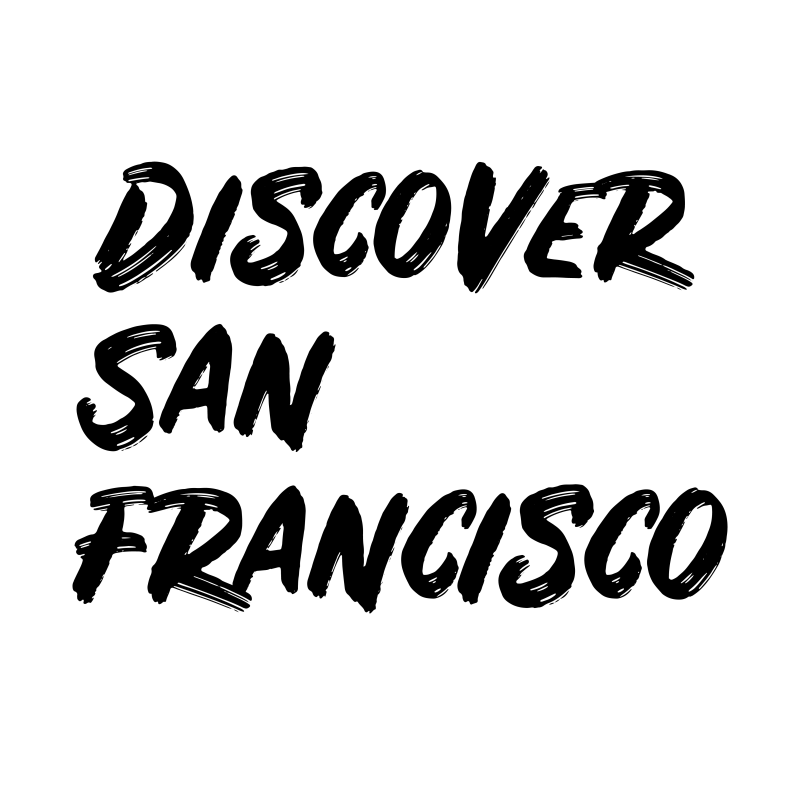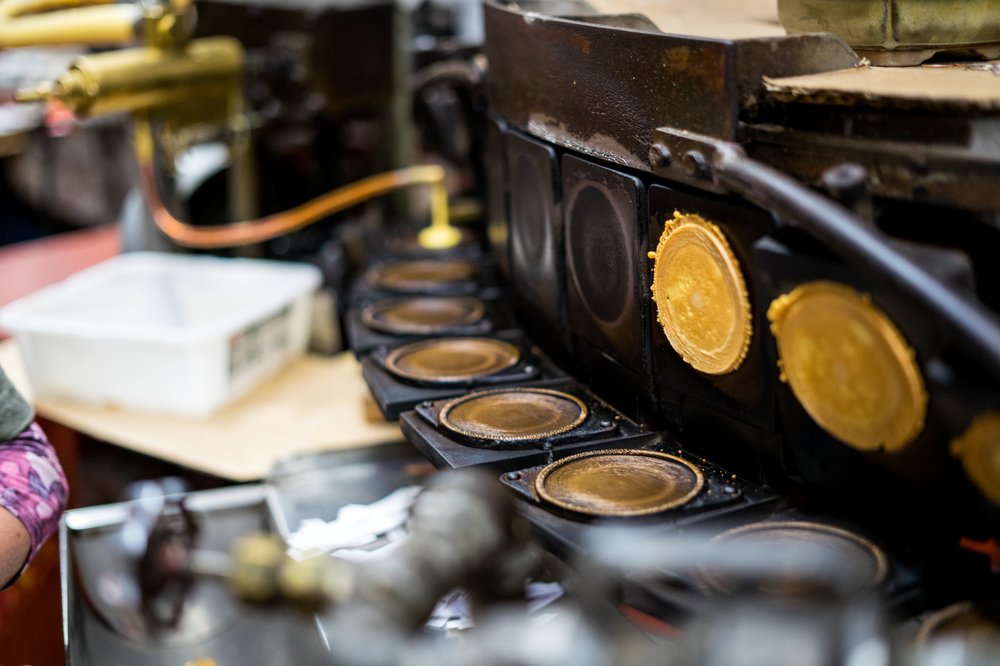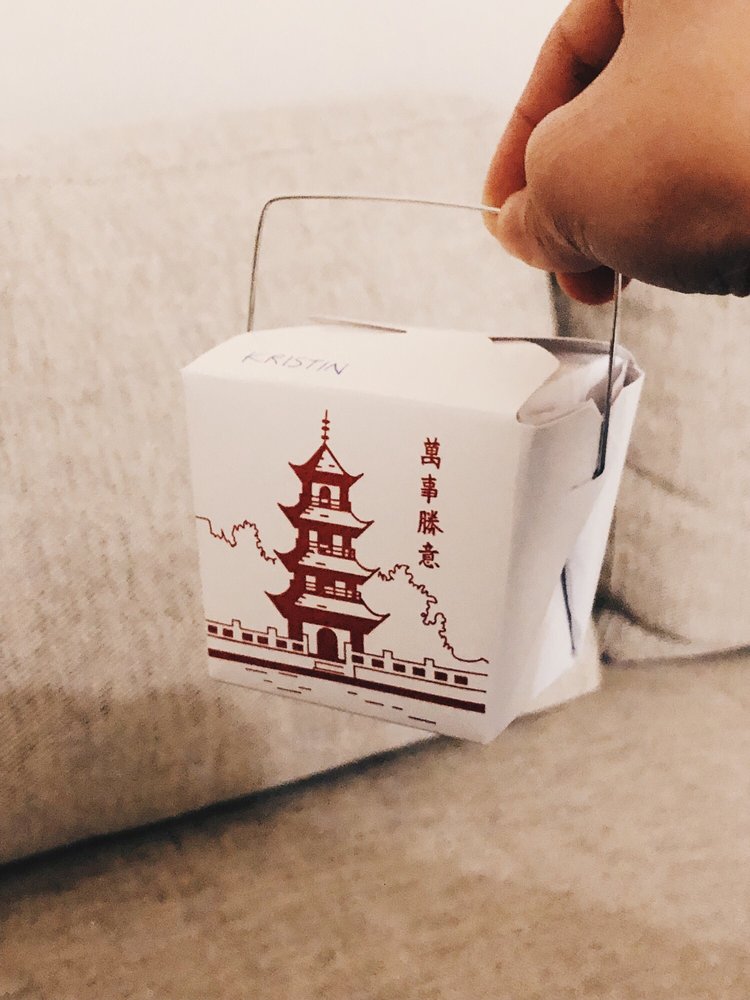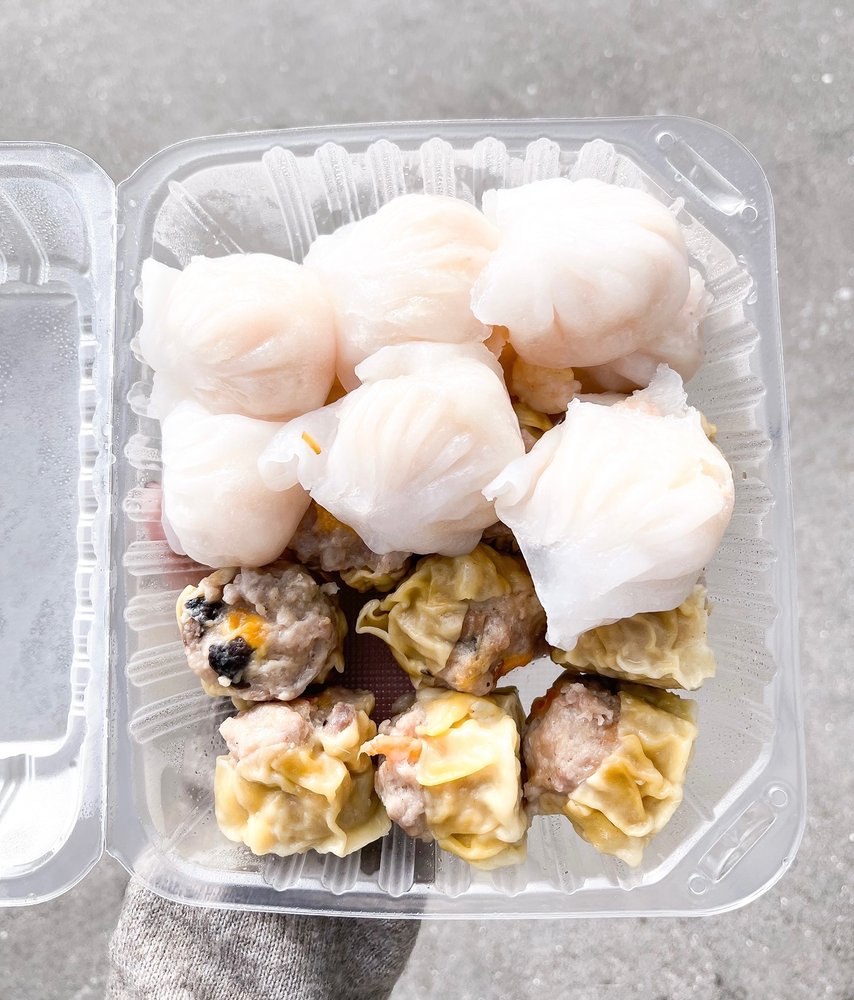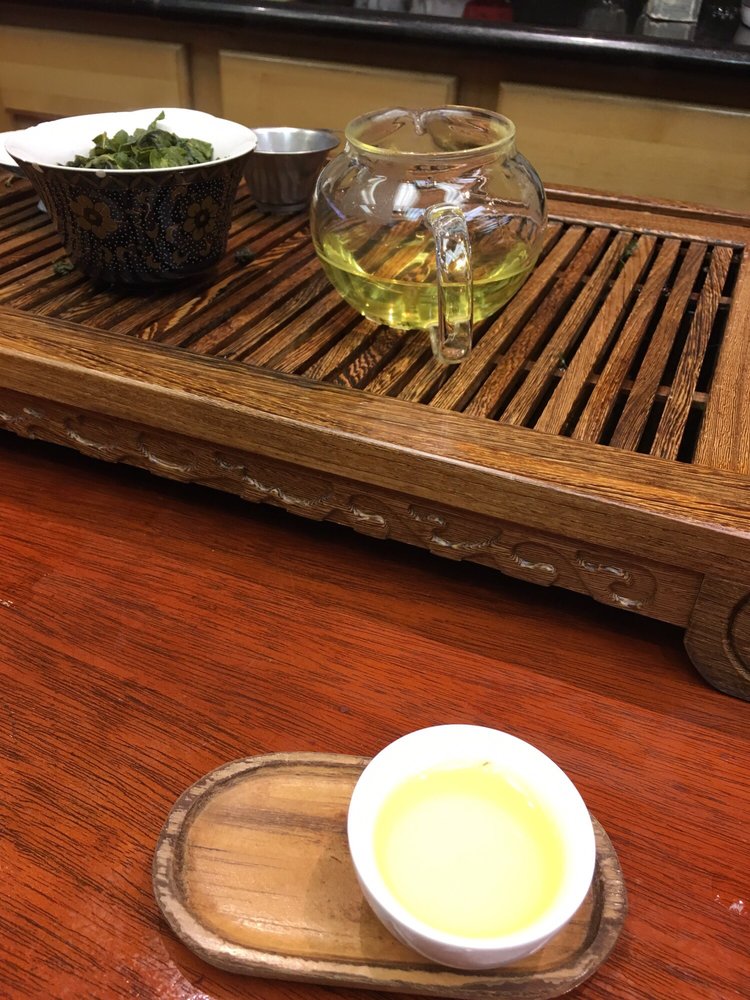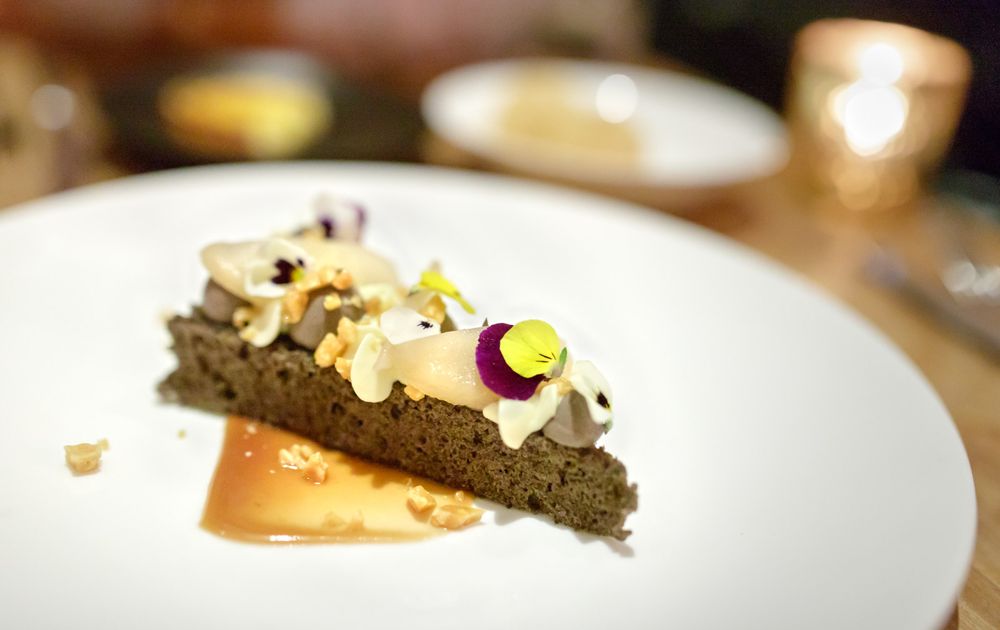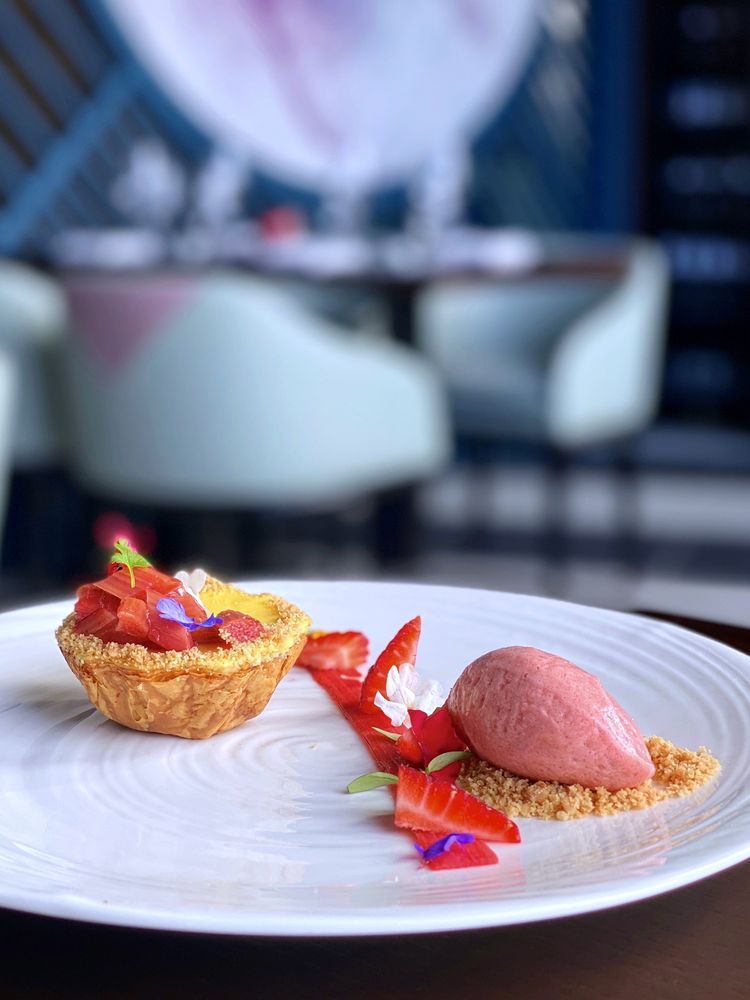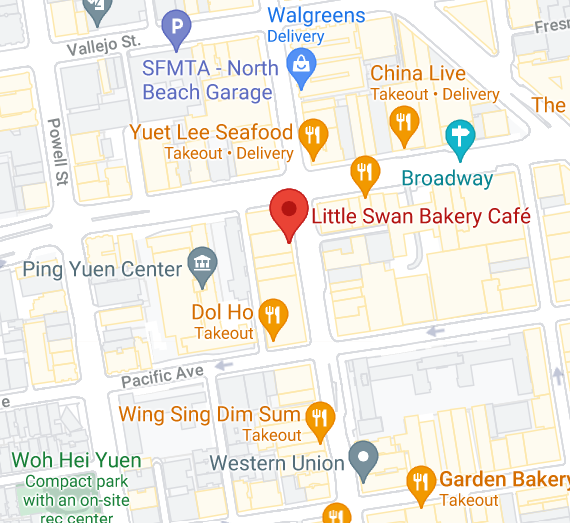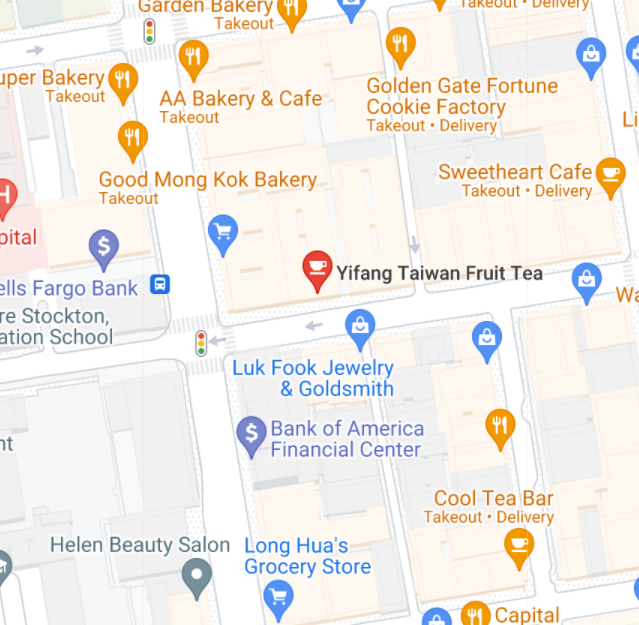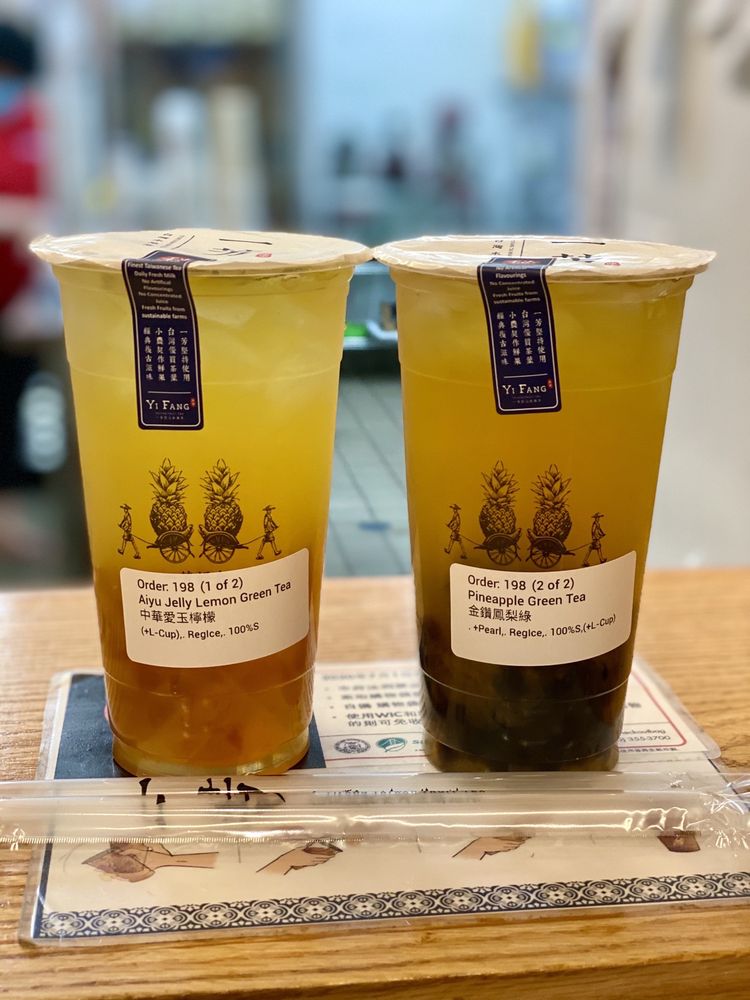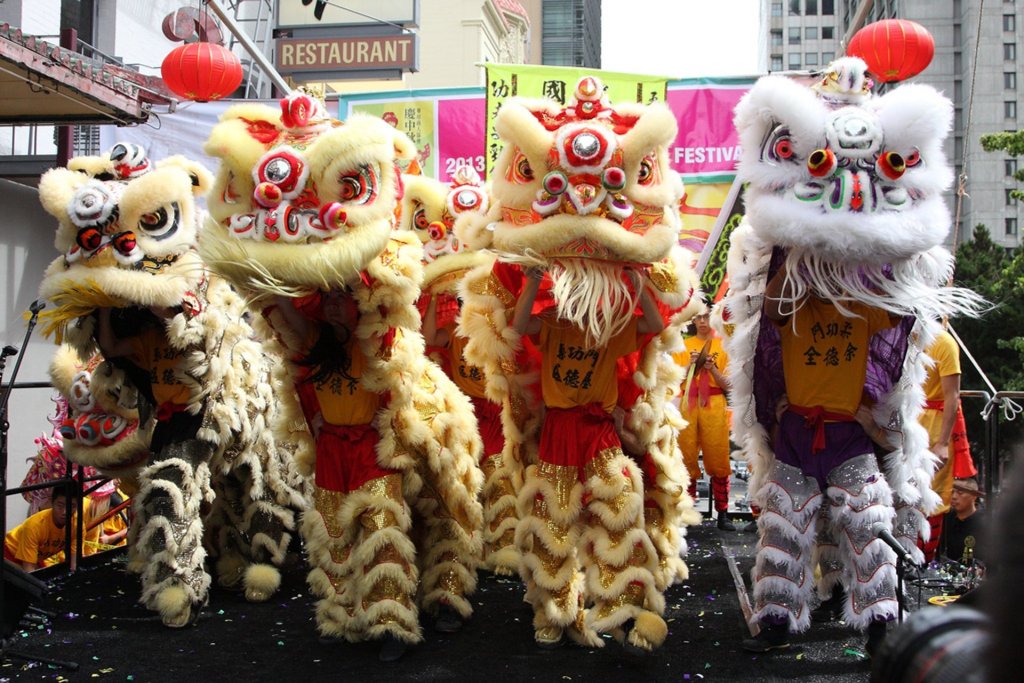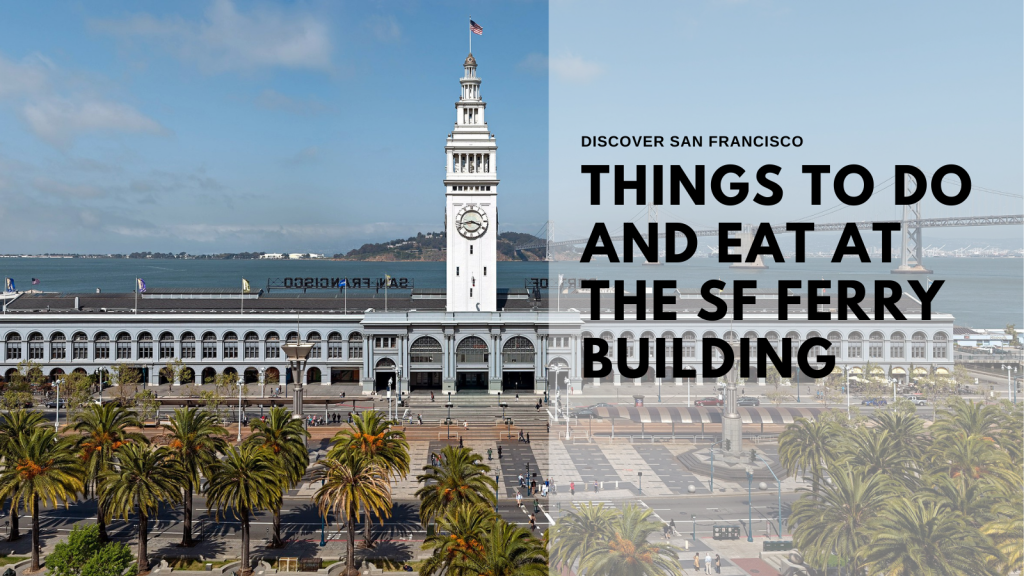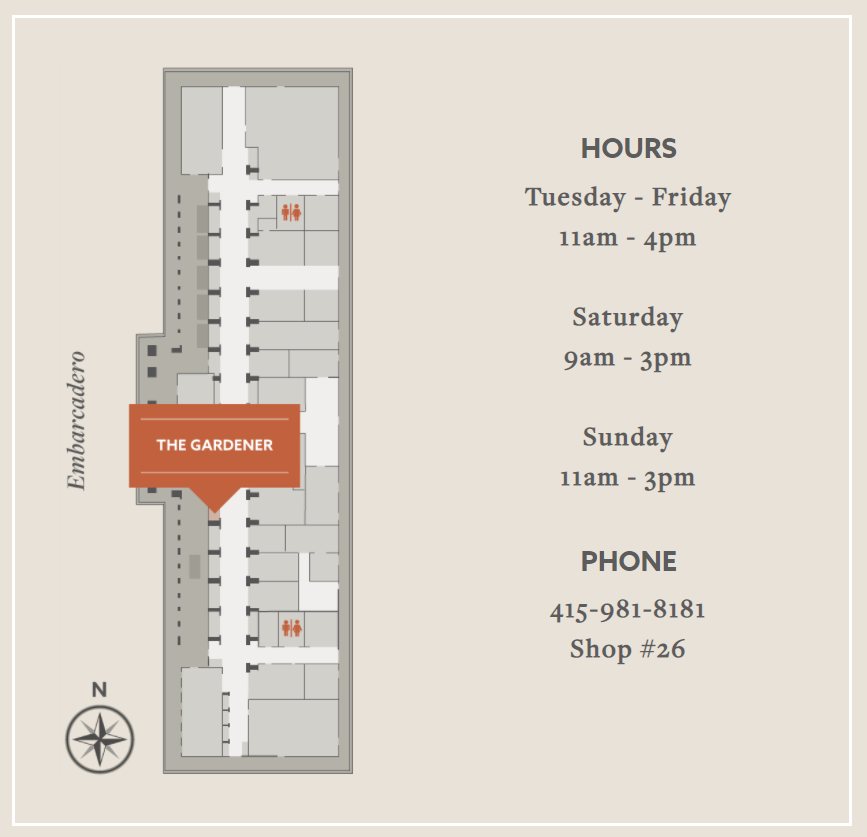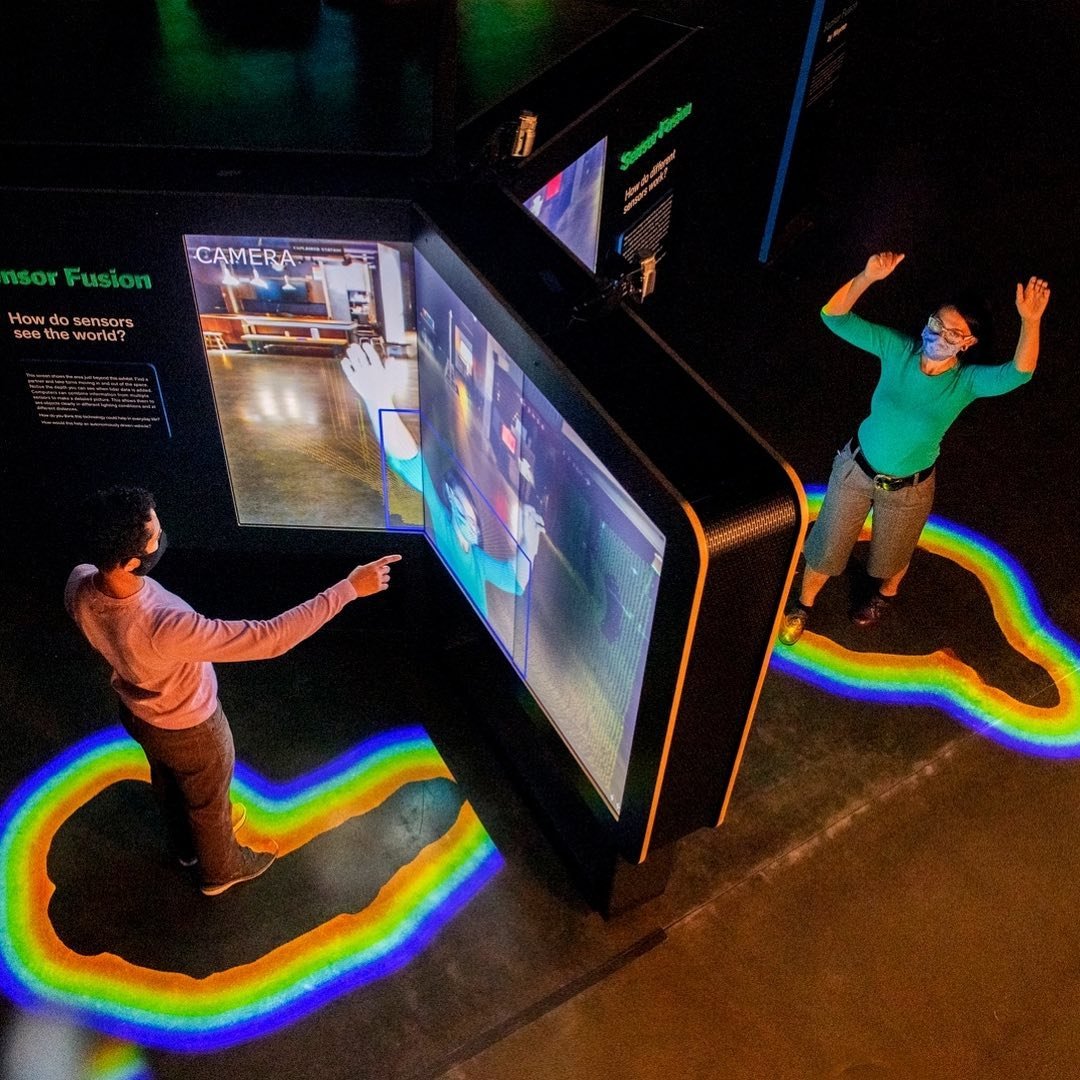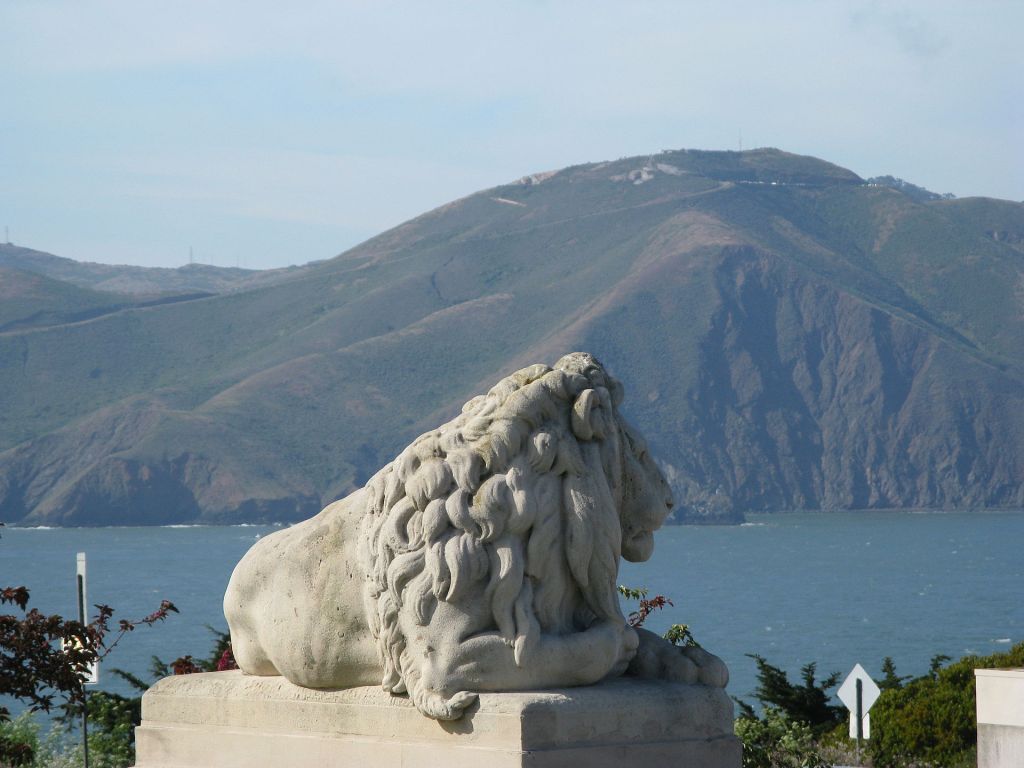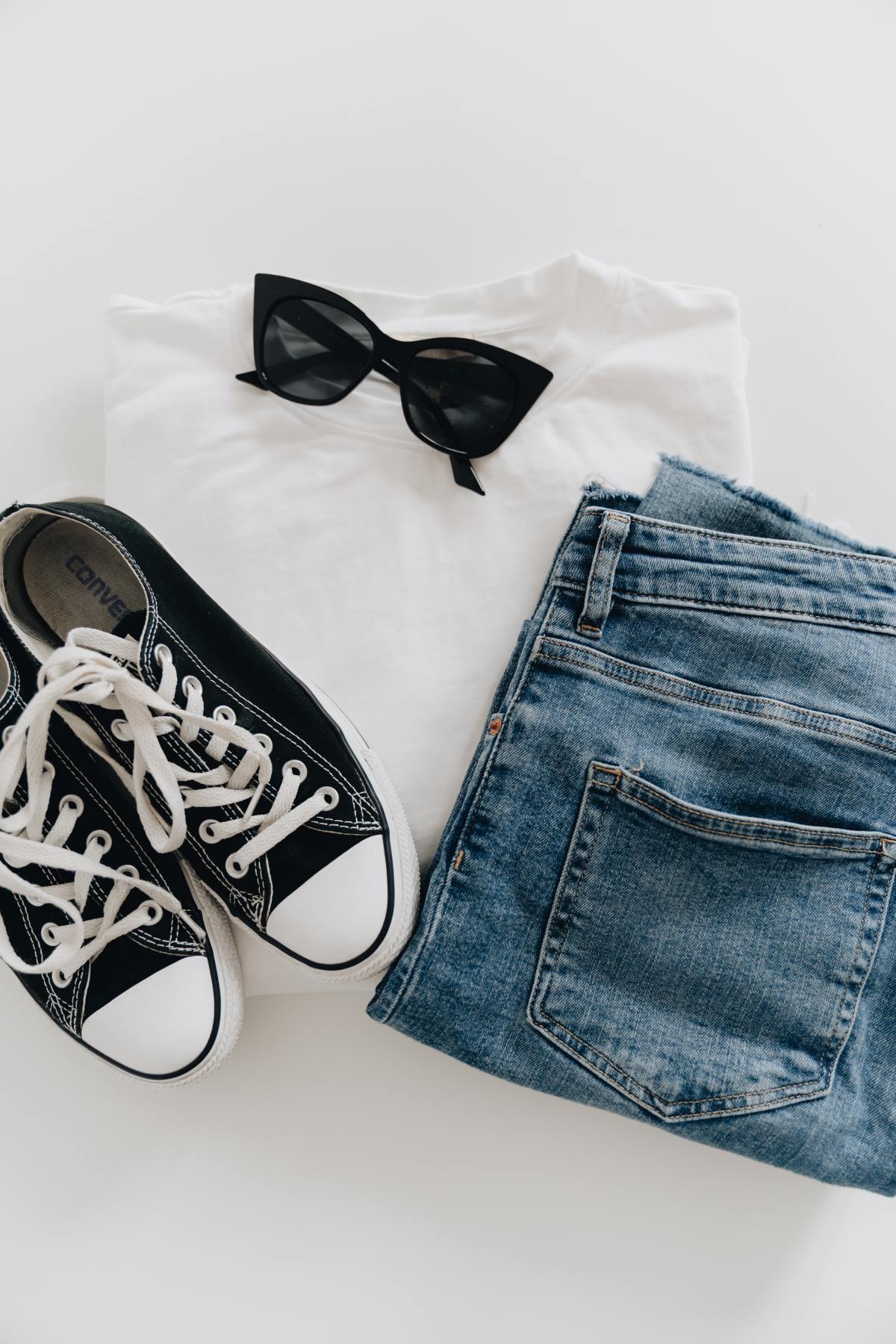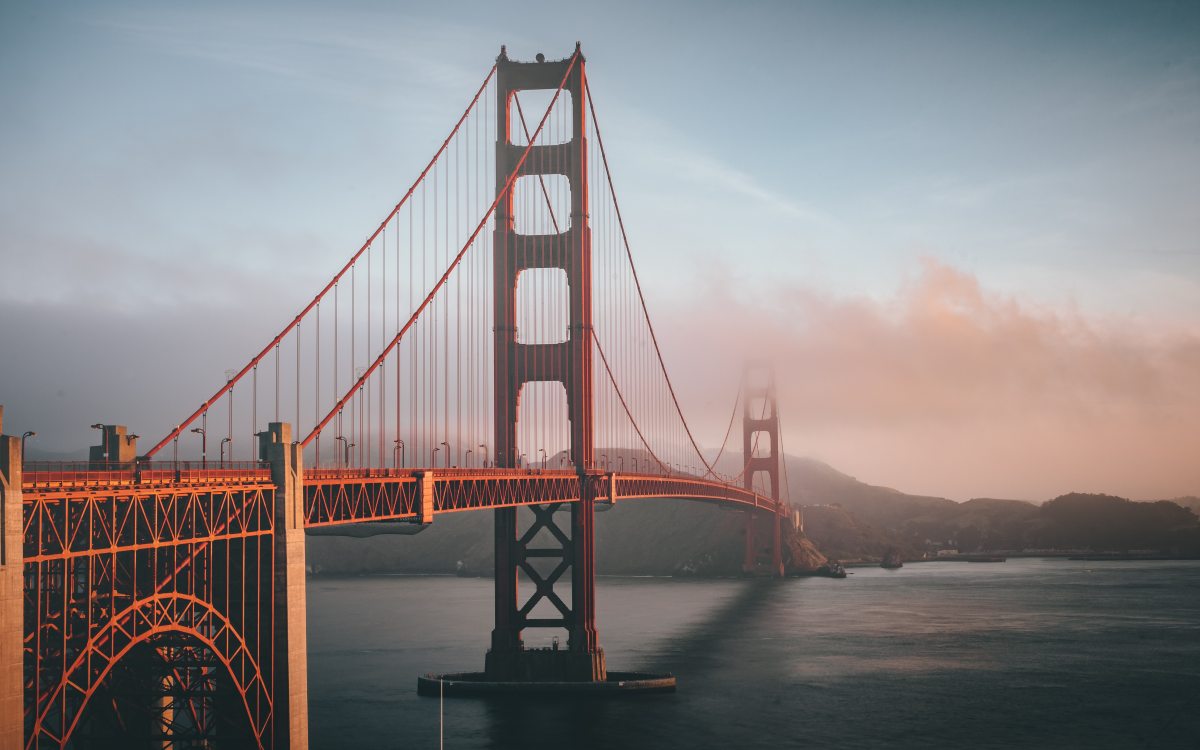
San Francisco’s Chinatown is the largest Chinatown outside of Asia as well as the oldest Chinatown in North America (settled in 1848). An interesting fact about the neighborhood is that the merchants of Chinatown actually employed American architects to design its stereotypically “Oriental” and “exotic” look (e.g. pagodas) to drive tourism and to prevent being pushed out after the 1906 earthquake. You can learn more about its interesting history here.
From grabbing food at the oldest dim sum house in San Francisco to creating your own custom fortune cookie, there’s no shortage of fun and interesting things to do in SF Chinatown. Check out the list below!
Watch Fortune Cookies Get Made + Create Custom Fortune Cookies

In this tiny alleyway in Chinatown, you’ll be greeted by the wonderful smell of fresh fortune cookies. Golden Gate Fortune Cookie Factory has been handmaking fortune cookies since 1962 and currently makes 10,000 fortune cookies a day. It’s a hole-in-the-wall so expect to wait in line to get inside. You can purchase a wide variety of fortune cookies – gigantic fortune cookies, chocolate-covered fortune cookies, green tea fortune cookies, x-rated / “naughty” fortune cookies, to even creating your own.
For $1 (price may change), you can write the fortune of your choice on a tiny slip of paper and if you hand it to one of the ladies creating the cookies, they will expertly fold the fortune into the cookie and give it to you in a souvenir takeout box. And like many Chinatown establishments, they only take cash so be sure to hit the ATM before you visit!
- Address | 56 Ross Alley San Francisco, CA 94108 (Get Directions on Google Maps)
- Hours | Mon – Sun, 9 AM – 7 PM
- Website
Grab Dim Sum
A trip to Chinatown is incomplete without dim sum! Dim sum is a large range of small Chinese dishes (ranging from dumplings, rolls, buns, and meat) that are traditionally enjoyed in restaurants for breakfast and lunch. Traditionally, dim sum restaurants have servers offering dishes to customer from carts but there are also takeout places with no seating (where the food is cheaper). Check out Chinatown’s dim sum restaurants here.
Attend a Tea Tasting + Buy Some to Take Home
Relax with some fragrant and exotic tea in Chinatown. With a tea tasting, you can try out a wide variety of herbal and fruit teas with some light snacks and an informative lesson on the history of the tea you’re drinking. At the end of the tasting, you can even grab some of your favorite tea to take home!
Red Blossom Tea Company
- 831 Grant Ave, San Francisco, CA 94108 (Get Directions on Google Maps)
- Website
- Yelp
Vital Tea Leaf
- 1044 Grant Ave San Francisco, CA 94133 (Get Directions on Google Maps)
- Website
- Yelp
Get the Most Affordable SF Souvenirs

If you’re looking to get the stereotypical San Francisco souvenirs (e.g. Golden Gate bridge magnets and keychains), you’ll find no better deal than in Chinatown. There is no shortage of souvenir shops down Grant Avenue. Sure, you can find the same tourist trap items at Fisherman’s Wharf but they will definitely be cheaper in Chinatown. If you’re looking to bulk-buy keychains, magnets, and t-shirts for friends and family back home, your wallet will thank you for finding the best deals in Chinatown.
Also, if you make the mistake of not bringing layers while visiting San Francisco, you can buy a much needed San Francisco sweatshirt/hoodie here so that you’re not freezing in SF’s chilly weather!
Treat Yourself to Michelin-Level Fine Dining
While most people associate affordable eats and dim sum with Chinatown, it’s also home to some top-tier culinary talent and dining experiences with even a Michelin star. Check them out below:
Mister Jiu’s
- 28 Waverly Pl, San Francisco, CA 94108 (Get Directions on Google Maps)
- Website
- Yelp
Empress By Boon
- 838 Grant Ave San Francisco, CA 94108 (Get Directions on Google Maps)
- Website
- Yelp
Have a Cold Drink at Chinatown’s Dive Bars
Chinatown also has some fun dive bars with affordable, cash-only prices – be sure to try a Chinese Mai Tai or a Buddha-shaped beer while you’re in the neighborhood!
Buddha Lounge
- 901 Grant Ave San Francisco, CA 94108 (Get Directions on Google Maps)
- Yelp
Li Po Cocktail Lounge
- 916 Grant Ave San Francisco, CA 94108 (Get Directions on Google Maps)
- Yelp
Satisfy Your Sweet Tooth with Boba + Delicious Baked Goods
From boba to moon cakes to egg tarts, there’s no shortage of sweet treats in Chinatown. Check them out below:
Golden Gate Bakery
- 1029 Grant Ave San Francisco, CA 94133 (Get Directions on Google Maps)
- Yelp
Little Swan Bakery Café
- 1249 Stockton St San Francisco, CA 94133 (Get Directions on Google Maps)
- Yelp
Yifang Taiwan Fruit Tea
- 870 Washington St, San Francisco, CA 94108 (Get Directions on Google Maps)
- Yelp
Take Part in Lunar New Year + Autumn Moon Festival Celebrations
San Francisco Chinatown is especially lively during Lunar New Year and the Autumn Moon Festival with parades and festivities that you shouldn’t miss out on.
Lunar New Year
Lunar New Year is the beginning of the new year, based on the traditional lunisolar Chinese calendar. The first day of Chinese New Year begins on the new moon that appears between January 21 and February 20. Lunar New Year for 2022 is on February 1 and is the Year of the Tiger. SF Chinatown holds a Lunar New Year Parade, which you can learn more about here. There is also a Flower Market Fair, where you can purchase fresh flowers, fruits, candies and new supplies for your home to being the new year. Chinese magicians, acrobats, folk dancers and opera performers will also make an appearance throughout the day at the fair.
Autumn Moon Festival
The Autumn Moon Festival (also known as the Mid-Autumn Festival) is the second most important holiday after Chinese New Year, with a history dating back 3,000 years when China’s emperors worshipped the moon for bountiful harvests. The 2021 Autumn Moon Festival is on September 11 and 12. While the full schedule of events have not been finalized on the official website, you can expect lion dancing, food vendors, and of course – moon cakes!
Check Out Classic Photo Spots + Cool Murals
Dragon’s Gate
Dragon’s Gate is the iconic entrance to San Francisco’s Chinatown built in 1969 as gift from Taiwan, created in the style of a traditional Chinese arch called paifang/pailou. It is the most photographed location in Chinatown.
Address | Intersection of Grant Avenue + Bush Street (Get Directions on Google Maps)
Red Lanterns | Grant Avenue
No trip to SF Chinatown is complete without an obligatory photo of its iconic red lanterns on Grant Avenue.
Address | Grant Avenue. Starts at the intersection of Grant Avenue + California Street (Get Directions on Google Maps)
Bruce Lee Mural
Address | Intersection of Grant Avenue + Commercial Street (Get Directions on Google Maps)
Terracotta Warriors
Address | 742 Grant Ave, San Francisco, CA 94108 (Get Directions on Google Maps)
